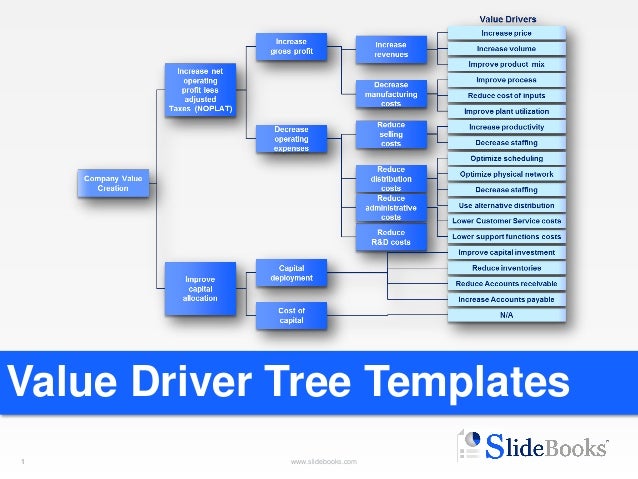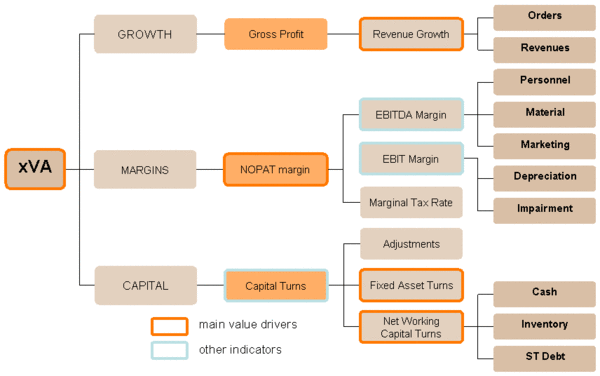HOPE SPRINGS ETERNAL a place where I can talk to my sweet Angel 01/18/11. 10 minute alerts [info] Garden Game. Mini Mushrooms! Anyone who waters a plant for you gets a game! Expires: 5 days, 18 hours. Water a plant for the chance to win a Diamond! Aug 10, 2018 Teen drama Hope Springs Eternal gets a poster and trailer 07 July 2018| Flickeringmyth; See all related articles » Around The Web| Powered by ZergNet. Create a list » User Lists. Related lists from IMDb users. Missed but must see movies a list of 1975 titles created 09 Dec 2017. Hope Springs Eternal - MDNA Games. Hope springs eternal game. Parents need to know that Hope Springs Eternal is a dramedy about a teenager named Hope (Mia Rose Frampton) who's been living with terminal cancer for years and then discovers she's miraculously in remission.But living without an 'expiration date' wasn't in Hope's plans, so she pretends to still be sick to maintain the identity -- and special considerations -- she's become used to. Hope springs eternal among Cardiff Blues fans that by returning to Cardiff Arms Park, there will be a proper rugby atmosphere at home games - terrace banter, beer before and after the game, booing the ref and touch judges, all part of the enjoyment.
The value of a company is determined by its discounted future cash flows. Value is created only when companies invest capital at returns that exceed the cost of that capital. VBM extends these concepts by focusing on how companies use them to make both major strategic and everyday operating decisions. Visual BI’s Value Driver Tree helps executives and decision makers model, visualize and analyze various business. Runtime Driver Tree Editing Ability to create new nodes, delete existing nodes or modify the properties of existing nodes at runtime by end users. Positions of existing nodes can. Build out the branches of a KPI Tree. Below is a single branch from the earlier example, showing how you move progressively closer to something you can directly measure as you move towards the ‘measures’ level of the diagram. Drilling down one branch of the KPI Tree. As you go down the levels there is a one-to-many relationship. The Value Driver Tree. About a century ago, Du Pont created a metric concept called the value driver tree, which splits Value Based metrics such as EVA.
- How Can I Create A Family Tree
- How To Create A Value Driver Tree Service
- How To Create A Value Proposition
Introduction to Decision Tree Analysis in Project Risk Management
Business or project decisions vary with situations, which in-turn are fraught with threats and opportunities. Calculating the Expected Monetary Value of each possible decision path is a way to quantify each decision in monetary terms. Calculating Expected Monetary Value by using Decision Trees is a recommended Tool and Technique for Quantitative Risk Analysis. For the PMP exam, you need to know how to use Decision Tree Analysis to make decisions in Project Risk Management.
To understand how to calculate Expected Monetary Value for simple situations, read the Calculating the Expected Monetary Value (EMV) article.
The portions on human ecology make this book a very prescient piece of writing indeed, as it draws many analogies in nature with human societies that are far ahead of its t [.]. Can't say I've read many other Ecology textbooks, but dated though this one is, it was still pretty readable for a textbook, introducing many core concepts of the discipline with clear examples and interesting diagrams. Odum seems to be more of a water ecosystem person, with what I found scant treatment of terrestrial biomes. Contemporary and engaging, this text brings clarity and specificity to the study of ecology in the twenty-first century. Fundamentals of ecology by odum pdf.

In this article, we’ll look at a Decision Trees example that’ll illustrate the use of Decision Tree Analysis in Project Risk Management.
Steps to Use Decision Trees Analysis
To use Decision Tree Analysis in Project Risk Management, you need to:
- Document a decision in a decision tree.
- Assign a probability of occurrence for the risk pertaining to that decision.
- Assign monetary value of the impact of the risk when it occurs.
- Compute the Expected Monetary Value for each decision path.
The simplest way to understand decision trees is by looking at a Decision Trees example in Project Risk Management.
Decision Trees Example – Scenario
Suppose your organization is using a legacy software. Some influential stakeholders believe that by upgrading this software your organization can save millions, while others feel that staying with the legacy software is the safest option, even though it is not meeting the current company needs. The stakeholders supporting the upgrade of the software are further split into two factions: those that support buying the new software and those that support building the new software in-house. Confusion reigns in the meeting room with stakeholders pointing out negative risks for each option!!!

By exploring all possibilities and consequences, you can quantify the decisions and convince stakeholders. This is known as Decision Tree Analysis. The following Decision Trees example uses Decision Tree Analysis to help make an informed Project Risk Management decision. The computations involve calculating the Expected Monetary Value. Read on to learn more about Decision Trees and Decision Tree Analysis.
Decision Trees Example – Building the Decision Tree to Use in Decision Tree Analysis
In this scenario, you can either:
- Build the new software: To build the new software, the associated cost is $500,000.
- Buy the new software: To buy the new software, the associated cost is $750,000.
- Stay with the legacy software: If the company decides to stay with the legacy software, the associated cost is mainly maintenance and will amount to $100,000.
Looking at the options listed above, you can start building the decision trees as shown in the diagram. By looking at this information, the lobby for staying with the legacy software would have the strongest case. But, let’s see how it pans out. Read on.
The Buy the New Software and Build the New Software options will lead to either a successful deployment or an unsuccessful one. If the deployment is successful then the impact is zero, because the risk will not have materialized. However, if the deployment is unsuccessful, then the risk will materialize and the impact is $2 million. The Stay with the Legacy Software option will lead to only one impact, which is $2 million, because the legacy software is not currently meeting the needs of the company. Nor, will it meet the needs should there be growth. In this example, we have assumed that the company will have growth.
In this example, Decision Trees analysis will be used to make the project risk management decision. The next step is to compute the Expected Monetary Value for each path in the Decision Trees. Let’s see how this helps in this Decision Trees example.

Decision Trees Example – Calculating Expected Monetary Value for each Decision Tree Path
The diagram depicts the decision tree. Now, you can calculate the Expected Monetary Value for each decision. The Expected Monetary Value associated with each risk is calculated by multiplying the probability of the risk with the impact. By doing this, we get the following:
- Build the new software: $ 2,000,000 * 0.4 = $ 800,000
- Buy the new software: $ 2,000,000 * 0.05 = $ 100,000
- Staying with the legacy software: $ 2,000,000 * 1 = $ 2,000,000
Now, add the setup costs to each Expected Monetary Value: Orlando international airport airside 2.
How Can I Create A Family Tree
- Build the new software: $ 500,000 + $ 800,000 = $ 1,300,000
- Buy the new software: $ 750,000 + $ 100,000 = $ 850,000
- Staying with the legacy software: $ 100,000 + $ 2,000,000 = $ 2,100,000
How To Create A Value Driver Tree Service
View the image above, to see how all the figures above look like in a Decision Tree after conducting a Decision Tree Analysis. Now let’s make the decision in this Decision Trees example. This will illustrate the role of Decision Trees in Project Risk Management.
Decision Trees Example – Making the Decision
Looking at the Expected Monetary Values computed in this Decision Trees example, you can see that buying the new software is actually the most cost efficient option, even though its initial setup cost is the highest. Staying with the legacy software is by far the most expensive option.
How To Create A Value Proposition
When youconduct a SWOT Analysis to determine whether a business idea is worth pursuing, there is no quantified data to support your decision. Decision Trees and Decision tree analysis help you quantify the data, which is then useful in convincing stakeholders. It is a critical part in Project Risk Management.